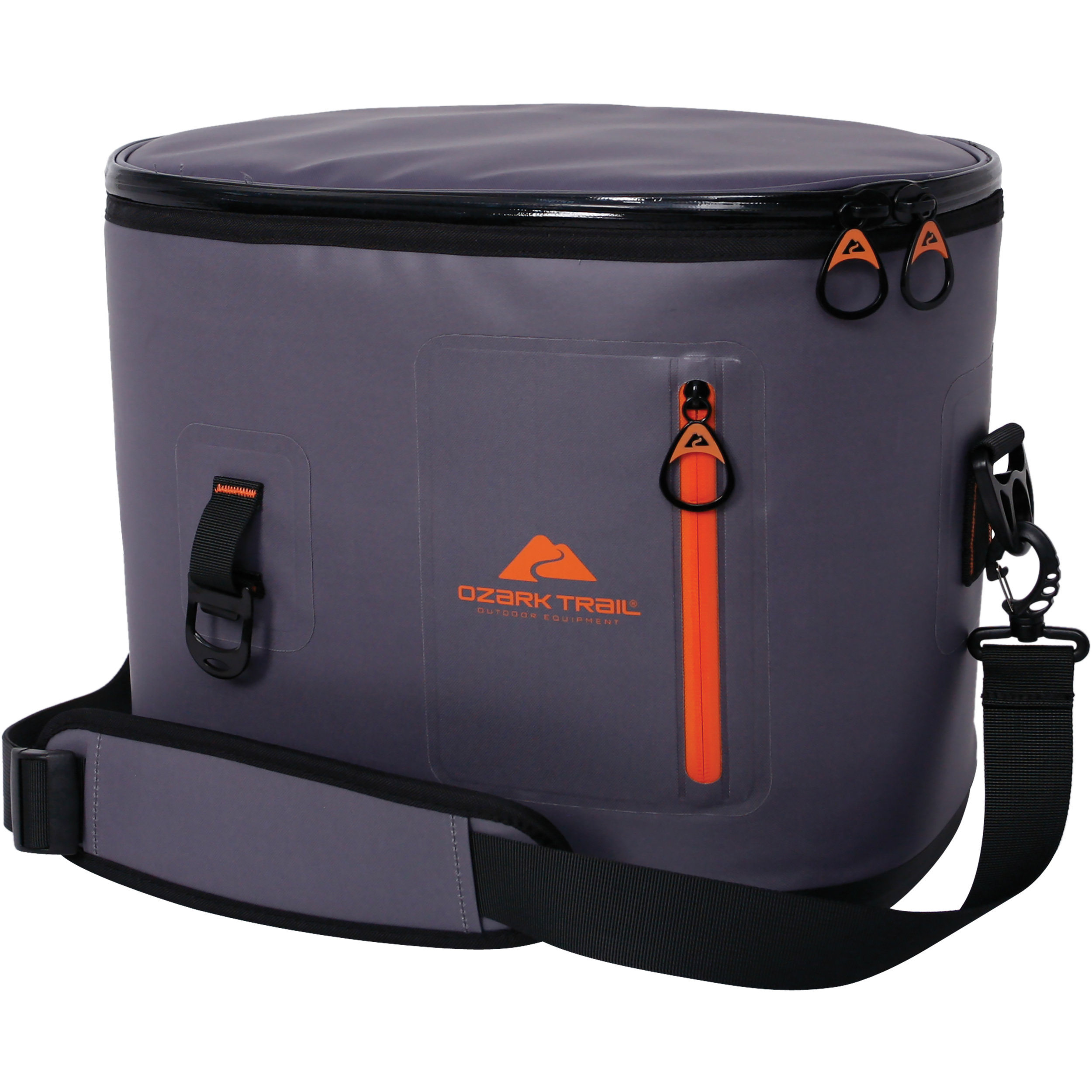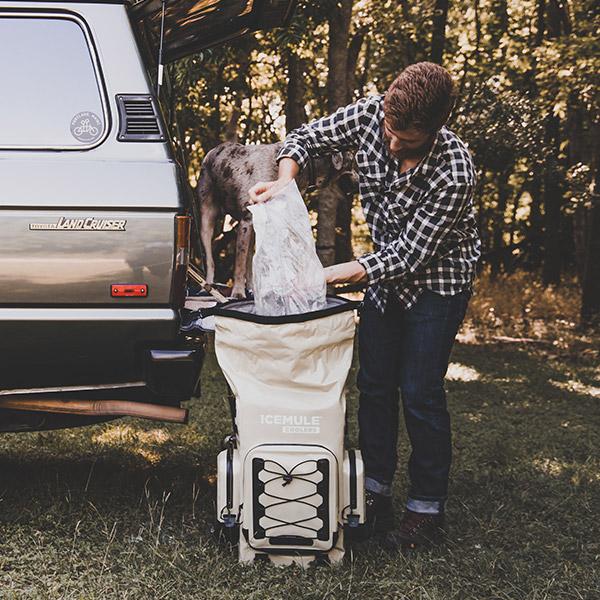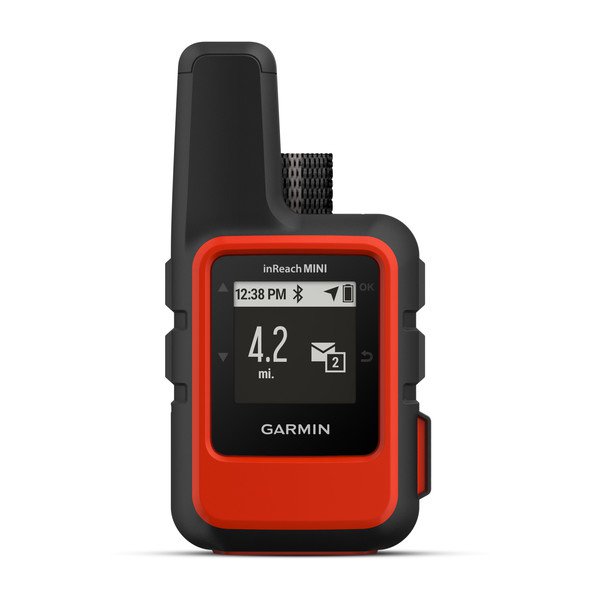Dutchware Chameleon Hammock
I switched from a tent to a hammock in 2012 and never looked back.
There are times where you need a tent. Above the tree-line, deserts, tons of islands on Georgian Bay. So depending where I am, I’ll bring one just in case. But once you get comfortable sleeping in a camping hammock it’s very unlikely you’ll go back unless you’re forced. Here are a bunch of reasons why:
It’s lighter. Hammock/tarp rigs keep weight and bulk down.
Rain sucks less - you’re off the ground.
Tons of storage underneath you. It’s like having two storeys.
It’s comfier, no matter how you sleep - back, stomach, side. In an asymmetrical hammock, lying diagonally means you’re pretty much flat.
You get to sleep alone, 50 feet away from your buddy that snores like a chainsaw.
I’ll admit that there’s a ton more variability involved with hammocks. You want the right trees, the right diameter, the right distance apart. The right insulation (spoiler: a regular sleeping bag isn’t enough). But it’s worth all the complexity.
Quality rain protection.
Just like with coolers, there’s an outspoken hammocking community online. Lots of cottage companies, and some big ones. Ultimately you need a handful of things to be successful with hammocks. I could spend a post on each of them, but in the interest of brevity here the summaries.
A tarp - You can go all the way from the blue Canadian Tire classic, up to custom silnylon tarps designed specifically for the length of your hammock. Ideally you want an extra 6” on either side for wind/rain coverage.
Insulation - Without the ground for insulation, you need something under the hammock to keep you warm. Either a sleeping pad stuffed in the hammock with you, or an underquilt - a sleeping bag that goes underneath the hammock, outside.
A hammock - Thin as you can for your weight. Some have an extra layer of nylon that lets you slip your sleeping pad in between, which is nice, but I recommend an underquilt. Having a fully detachable bug-net gives you some flexibility to use the hammock more casually.
A suspension - How you connect your hammock to the trees. For your first hammock, just get straps and carabiners. There are all kinds of other suspensions but they’re complicated. You’ll want to watch some Youtube videos on hang angles to maximize comfort - try it out at home a bunch before your first trip.
A bunch of cord, and pegs. You want cordage that doesn’t slack when wet. Basic paracord is okay, reflective is better, but Dyneema-based cord is best. Get lots of it - it’s super light. I would suggest 50ft (6ft x2 for the long ends of the tarp, 6ft x4 for the tarp corners, extra just in case).
If you’re looking for a quality hammock to start with, look no further than the Dutchware Chameleon.
The Good, The Bad, The Ugly
The Chameleon is a super versatile piece of equipment. Immense flexibility on type and colour of material, thickness, and accessories. When you consider the cost of the hammock and all the other items I listed above, the cost will generally come out to be the same as a nice brand name tent.
Quality views with the detachable bug-net removed.
Dutch’s manufacturing is excellent, too. Quality materials (think fabric, zippers, cordage) and well-sewn. I haven’t run into any issues that would put me at risk of a structural failure.
My only qualms come from the inherent customizability of the hammock itself. My underquilt wasn’t built by Dutch, and because there are fixed hooks on the hammock it means the two pieces of equipment don’t perfectly match up. If I was able to shuffle them around, I’d get a better fit.
Likewise, the removable bugnet makes for a great daytime-hammock, but it leaves very small holes on either end where (theoretically) bugs could get it. I haven’t seen it happen, because when taut the holes all but disappear, but it’s still a possibility.
The Results
This is an awesome piece of equipment, and would be a great starter hammock. It’s not overly expensive, wait times are non-existent (which can’t be said of some other cottage manufacturers), and you can customize it to your size and needs. Best to get a simple suspension to start, and branch out from there. If you really hate how hammocking feels, there are lots of online communities where you can sell your gear second hand.
A hacky hang on the Bustard Islands.
I also recommend getting the peak shelf to store night-time gear, but it seems like Dutch has a come up with a few new tricks since I bought mine.
Pros
Hammocks are great for all the reasons I listed above, and the Chameleon has the most versatility of any of them.
The materials and manufacturing are super high quality.
It’s cheap enough that if you find out you don’t like hammocks, you haven’t spend an absurd amount.
Cons
Hammocking is tricky in certain environments and you have to be prepared for that.
The Chameleon’s versatility can make using non-Dutchware accessories a challenge.
The peak shelf is good, but not great.
I suppose you’re basically like a pre-wrapped burrito if a bear decides it wants a snack.






















